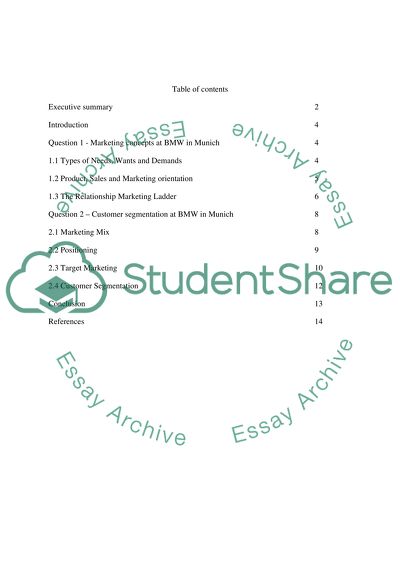Cite this document
(“Marketing Management of BMW Coursework Example | Topics and Well Written Essays - 2000 words”, n.d.)
Marketing Management of BMW Coursework Example | Topics and Well Written Essays - 2000 words. Retrieved from https://studentshare.org/marketing/1462631-marketing-management
Marketing Management of BMW Coursework Example | Topics and Well Written Essays - 2000 words. Retrieved from https://studentshare.org/marketing/1462631-marketing-management
(Marketing Management of BMW Coursework Example | Topics and Well Written Essays - 2000 Words)
Marketing Management of BMW Coursework Example | Topics and Well Written Essays - 2000 Words. https://studentshare.org/marketing/1462631-marketing-management.
Marketing Management of BMW Coursework Example | Topics and Well Written Essays - 2000 Words. https://studentshare.org/marketing/1462631-marketing-management.
“Marketing Management of BMW Coursework Example | Topics and Well Written Essays - 2000 Words”, n.d. https://studentshare.org/marketing/1462631-marketing-management.


